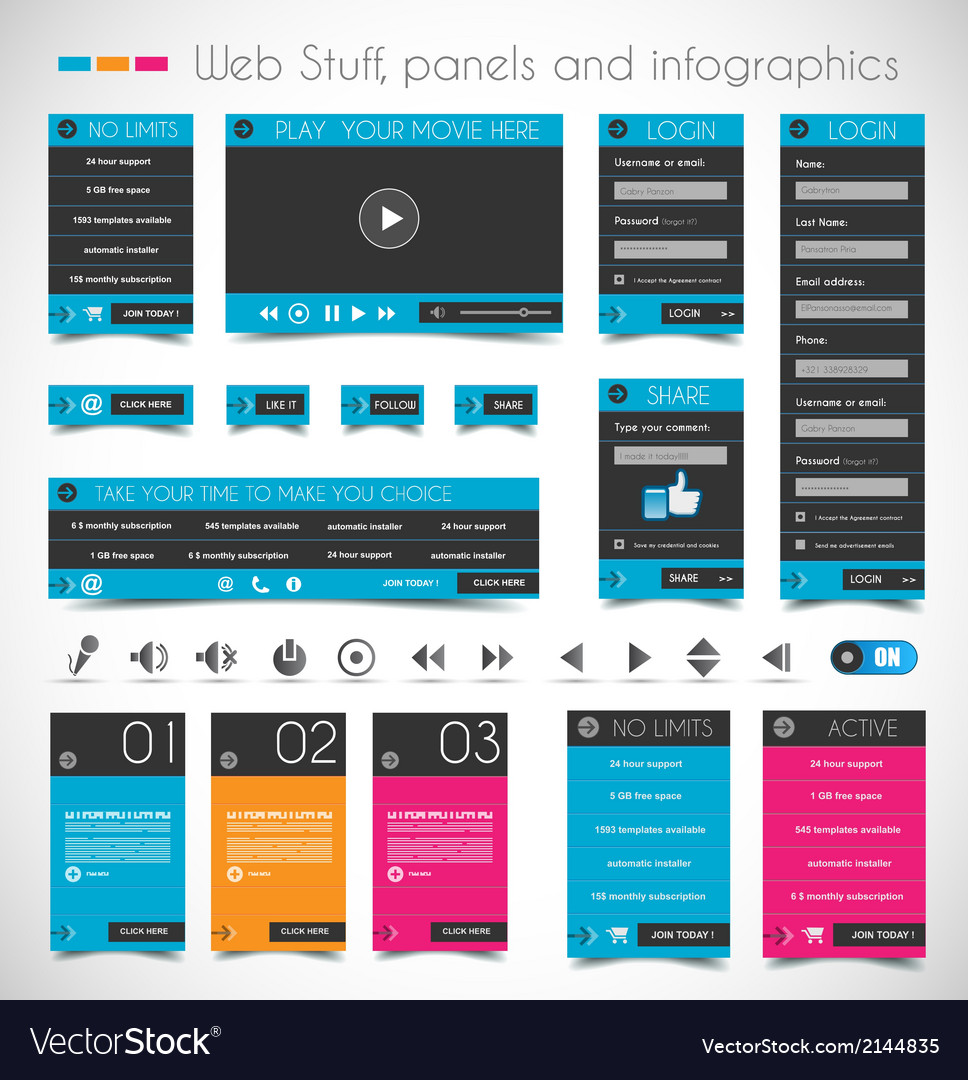Web Site Design Essentials: Tips For Structure A User-Friendly Site
Web Site Design Essentials: Tips For Structure A User-Friendly Site
Blog Article
Content By-Christophersen Bak
When it involves website design, making sure user-friendliness is key. From Digital Marketing For Contractors to structured navigation, every element plays a crucial duty in producing a website that caters to your target market's needs. However what regarding the better details that can make or damage an individual's searching experience? Stay tuned as we uncover some often-overlooked ideas that can raise your internet site's use to the following degree, making it absolutely stick out in the digital landscape.
Importance of Responsive Layout
Responsive design is a vital facet of modern-day web site growth. Guaranteeing your website is receptive methods that it can adapt to different display sizes and tools, providing a seamless experience for customers.
With the enhancing use of smartphones and tablets to access the net, having a receptive design is essential for getting to a larger target market. It aids in boosting customer experience by making your site very easy to browse and continue reading any type of device.
Additionally, responsive layout can favorably impact your search engine positions, as internet search engine like Google focus on mobile-friendly websites. By having a receptive layout, you're also future-proofing your site, as brand-new gadgets with varying screen dimensions continue to arise.
Simplify Navigation Framework
To boost customer experience and assist in easy accessibility to info on your web site, enhancing the navigating structure is vital. When creating your website, concentrate on creating a clear and instinctive navigation menu that assists visitors find what they're trying to find swiftly.
Restriction the variety of menu items to the fundamentals, grouping associated pages together to stay clear of overwhelming customers. Usage descriptive tags that plainly show the material of each web page, making it simpler for users to comprehend where each link will take them.
Think about executing dropdown food selections for subcategories to avoid jumbling the primary navigating bar. Furthermore, consist of https://pamplinmedia.com/pt/9-news/550776-440875-fiery-fatal-rollover-crash-under-investigation-in-hillsboro on the page for users that choose looking for certain info.
Focus on mobile responsiveness in your navigating style to make sure easy access on all gadgets.
Maximize Web Page Load Speed
Improving web page tons rate is important for retaining site visitors on your web site. Slow-loading pages discourage customers and can cause high bounce rates. To enhance web page tons speed, start by maximizing images. Compress photos without jeopardizing top quality to minimize their data sizes.
In addition, enable browser caching to keep often accessed resources locally, accelerating tons times for returning site visitors. Minify CSS, JavaScript, and HTML files by removing unneeded characters, comments, and format, boosting tons rate.
Take into consideration making use of a web content shipment network (CDN) to distribute your internet site's content throughout numerous web servers worldwide, minimizing latency for customers accessing your website from various places. Finally, limit using third-party manuscripts and plugins, as they can dramatically impact load times.
Final thought
In conclusion, by incorporating responsive design, simplifying navigating, and enhancing page lots rate, you can create an easy to use internet site that attract a larger audience and boosts individual experience. These essential elements make sure that site visitors can easily accessibility and navigate your site throughout various devices, resulting in raised interaction and complete satisfaction. By focusing on these vital aspects, you can construct an effective site that maintains customers returning for more.
